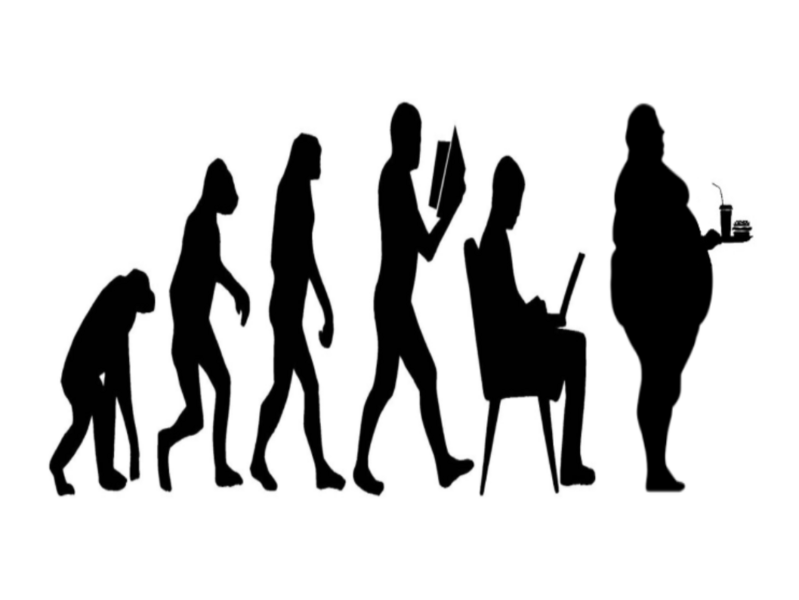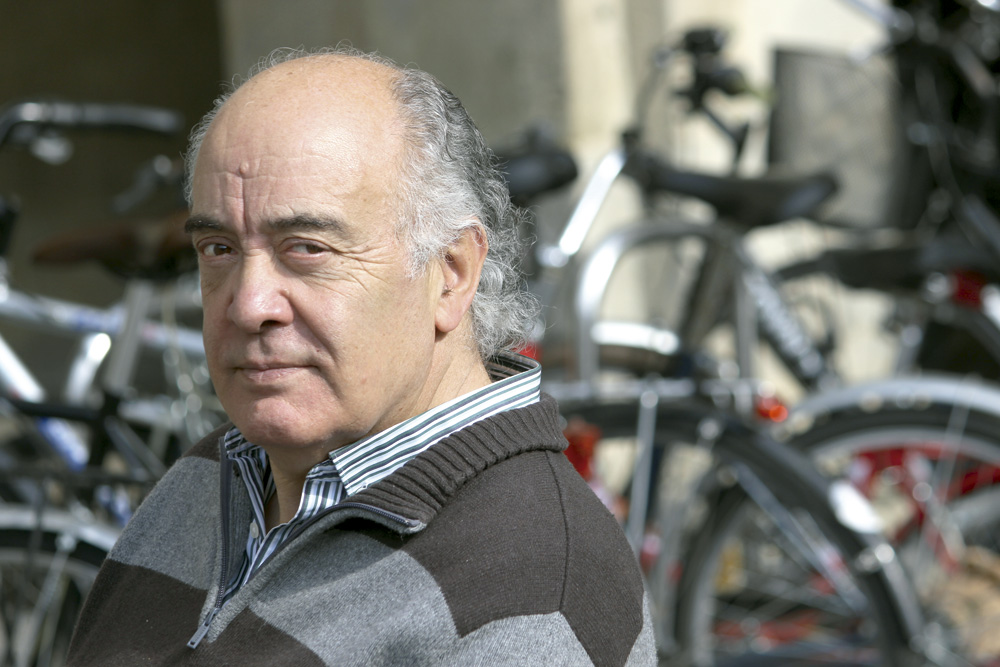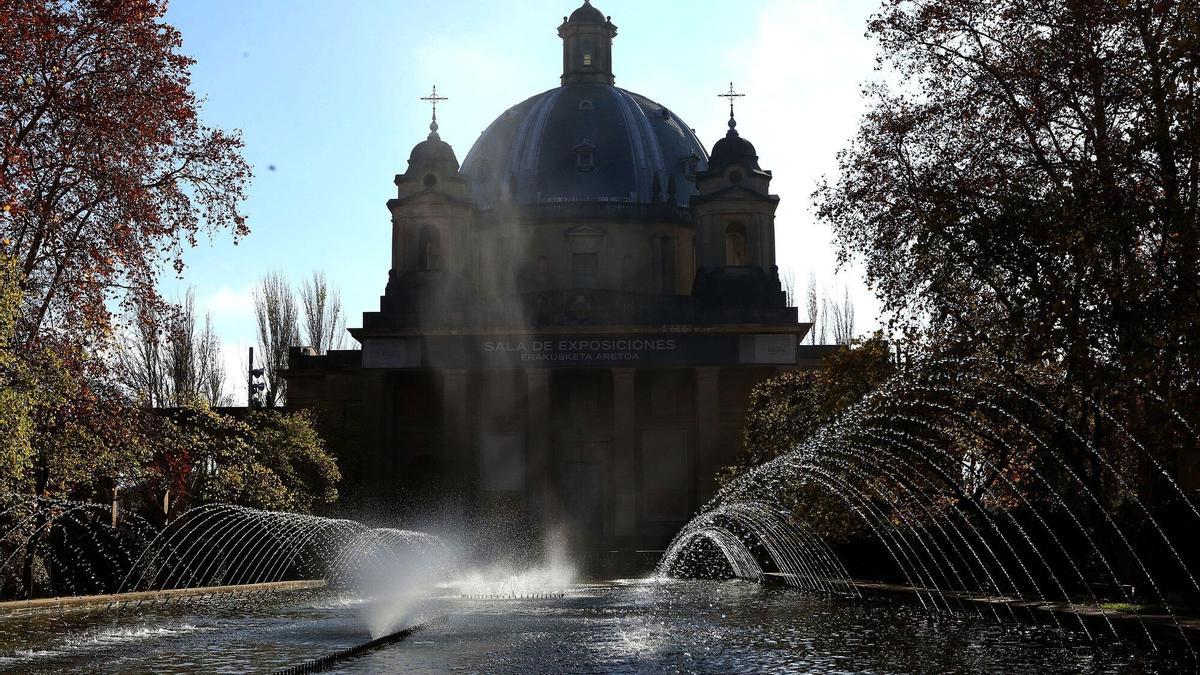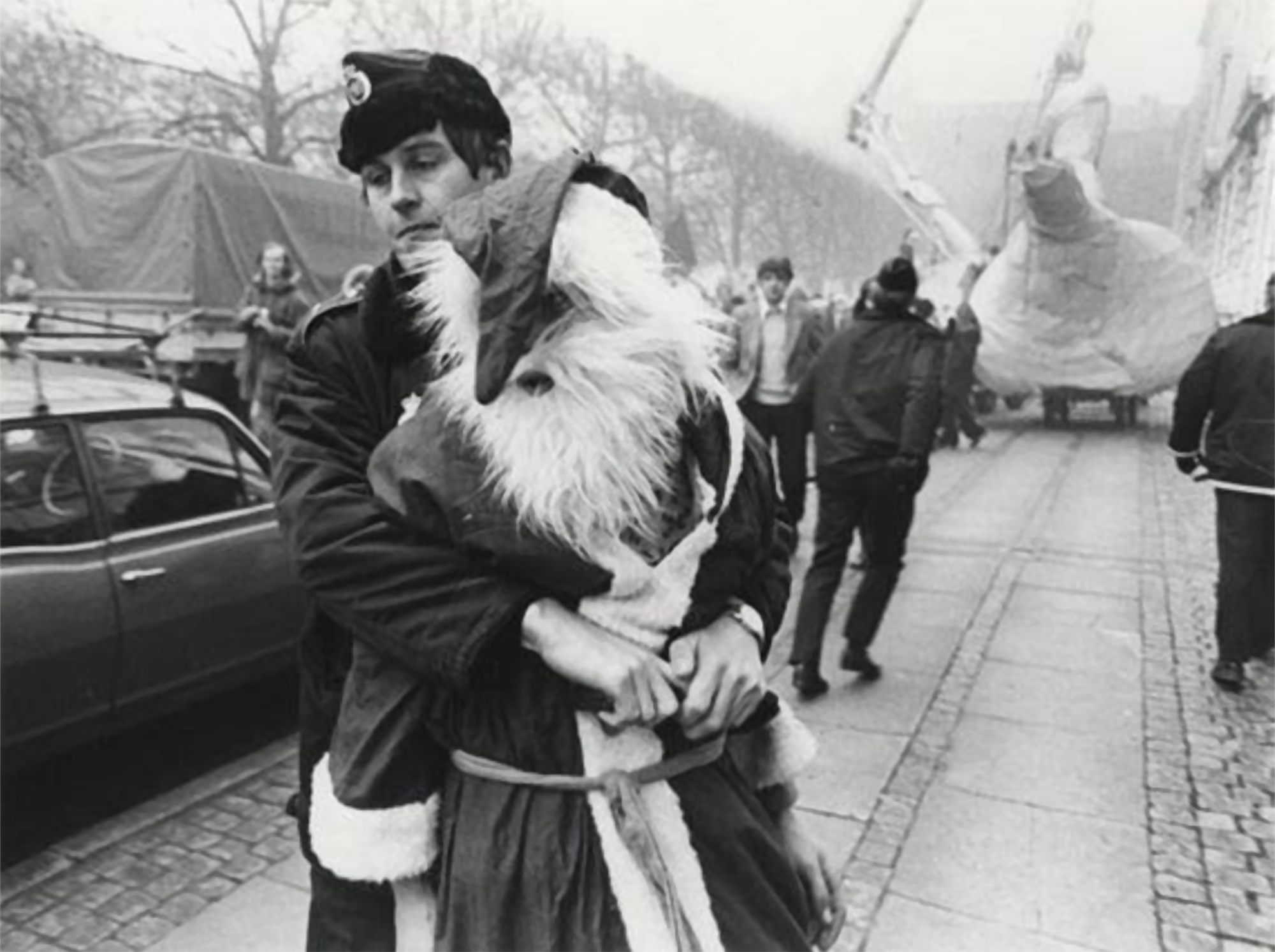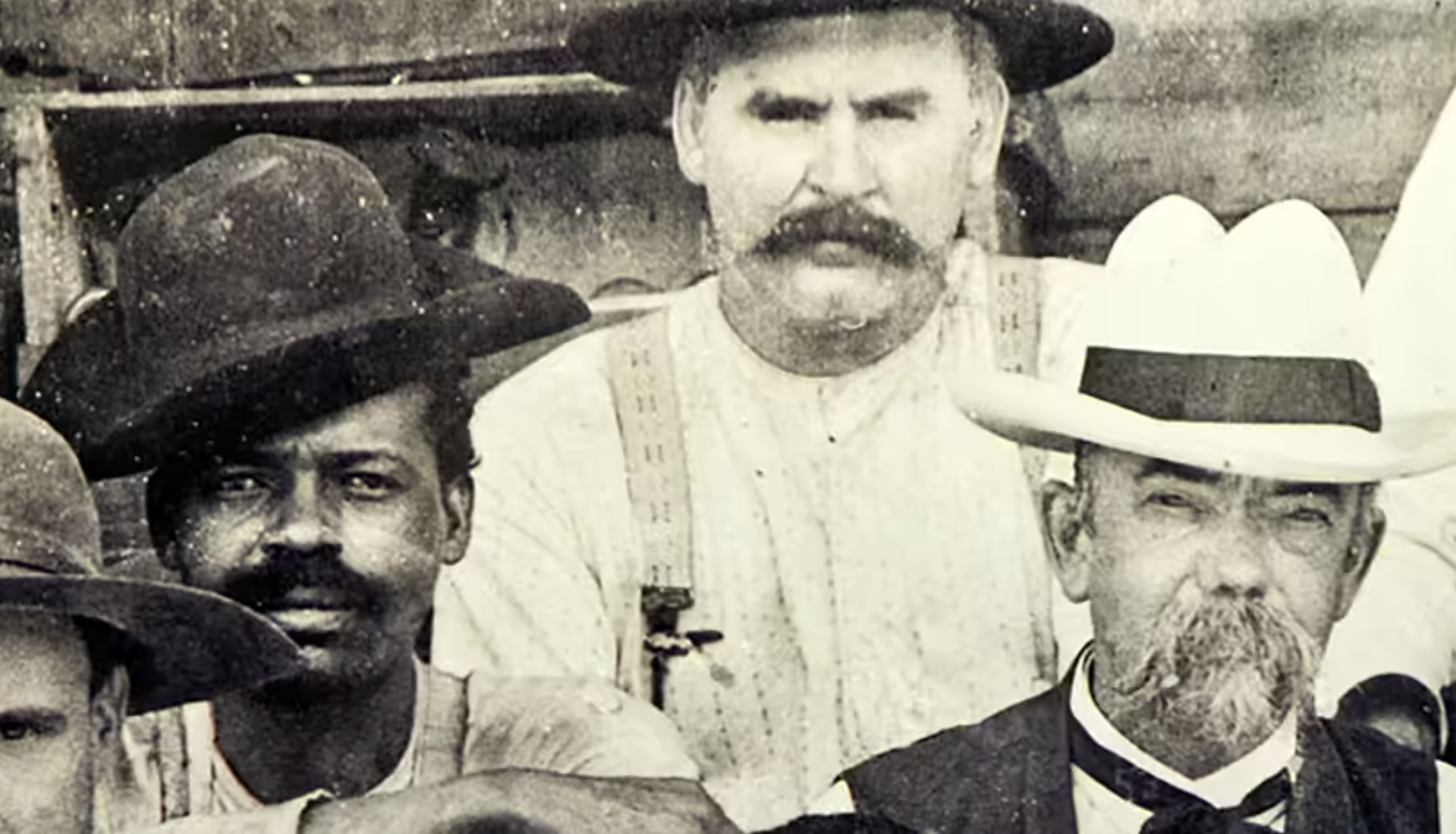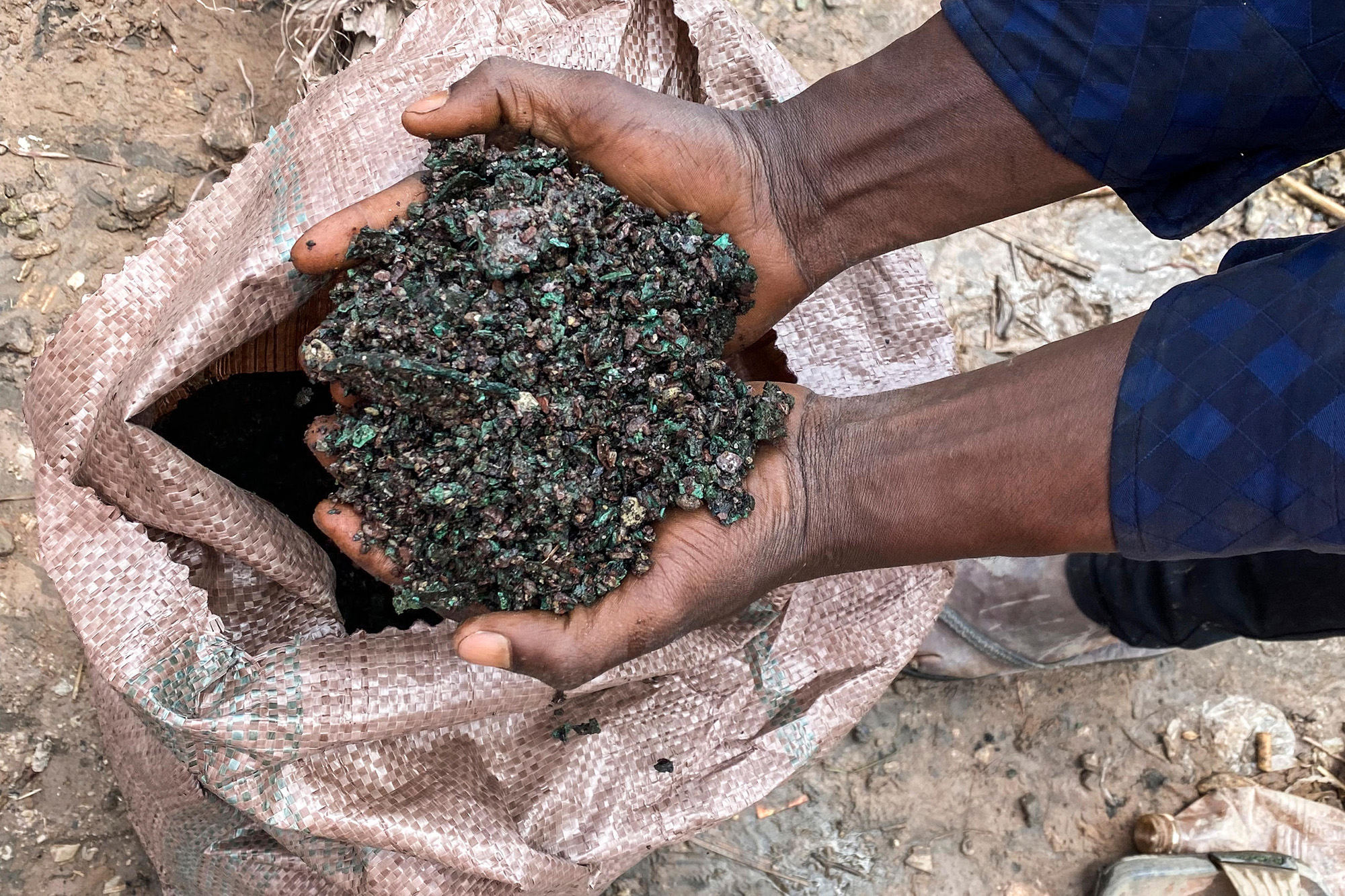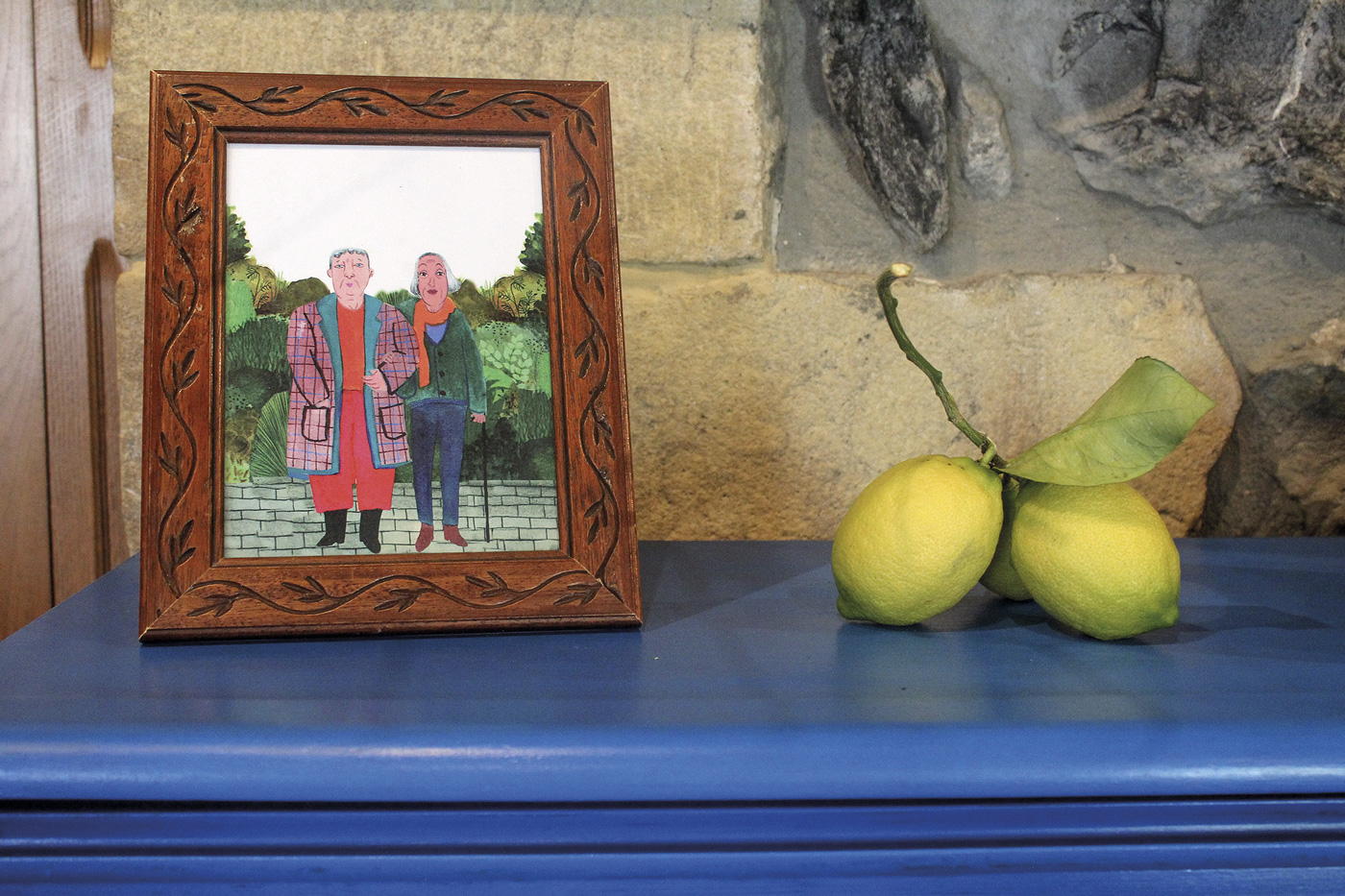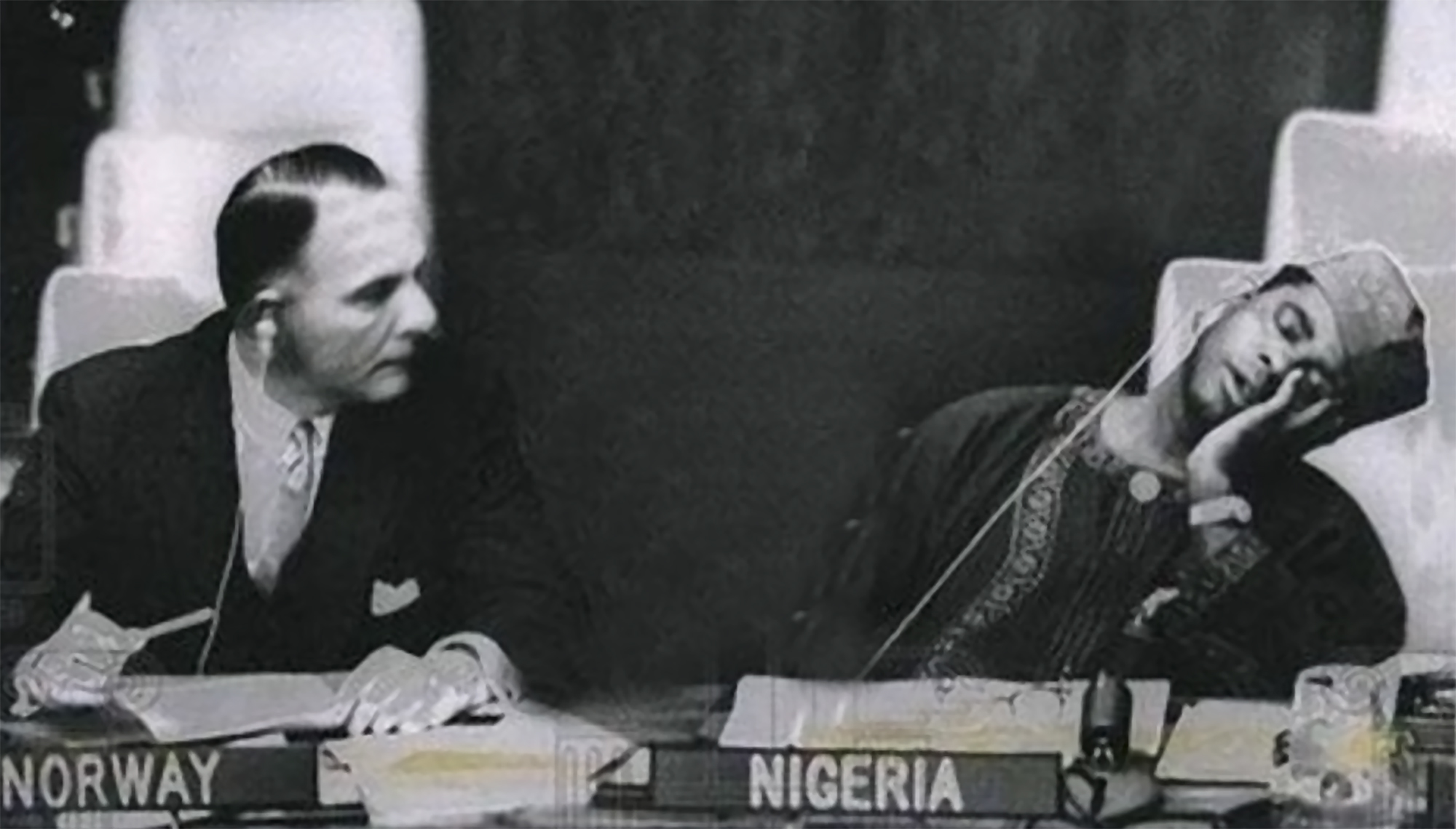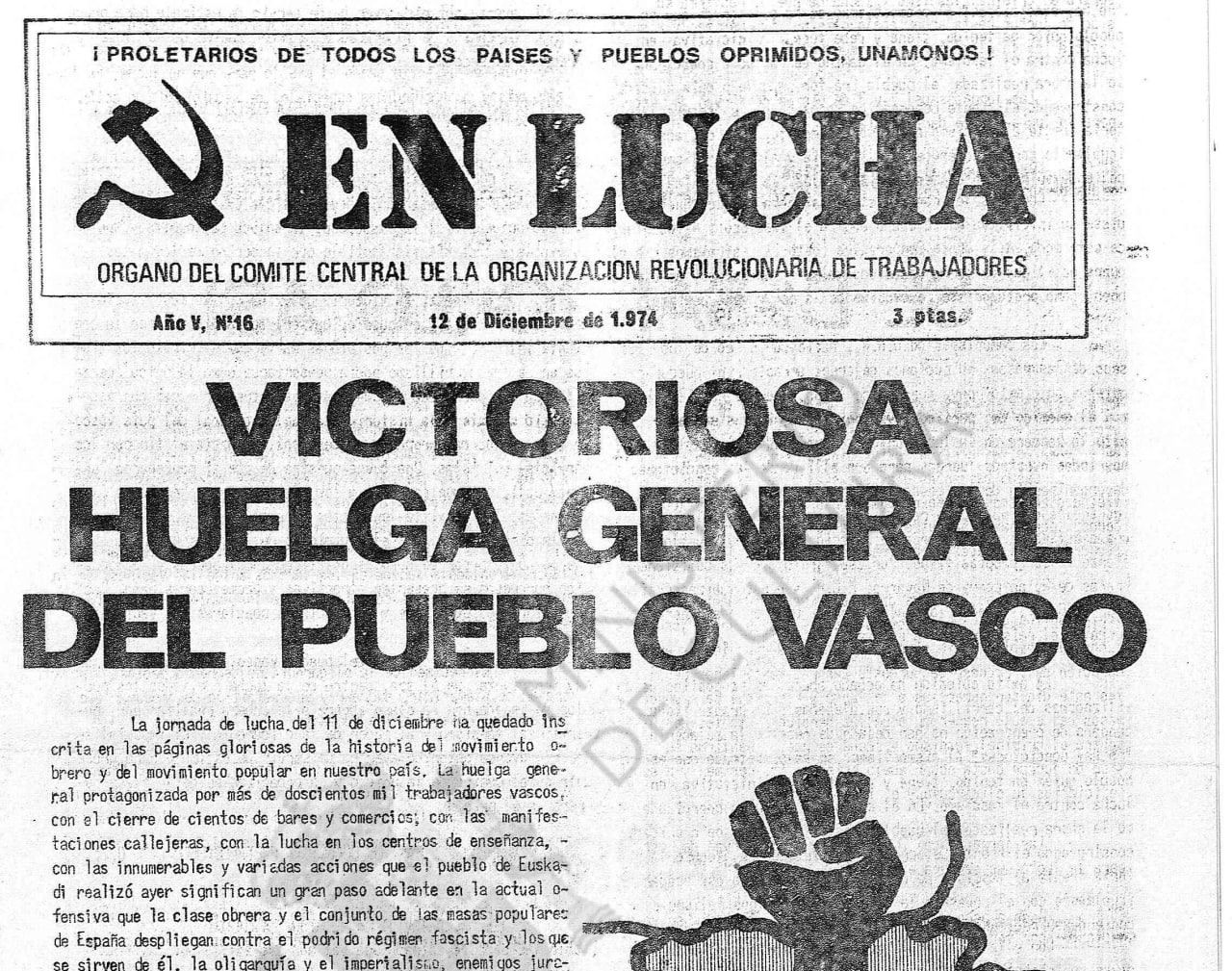"History of the armed struggle in the Basque Country", by López Adam and based on the analysis of the actions
- The armed struggle in the Basque Country. 1967-2011 (Maiatz argitaletxea) is the book just published by Emilio Lopez Adam, Beltza. The truth is, these are three books of over one, each of over 800 pages. The former occupies it between 1967 and 1970, the latter between 1981 and 1990 and the third between 1991 and 2011, until the cessation of armed activity by ETA. The organization completely disappeared in 2018.

Why start in 1967? ETA was born before, in 1959, and if we look at what Julen Madariaga says, of the founders of ETA, in the book The Debt of Truth, in 1952, when EKIN was born, because according to him ETA was nothing but a change of name. But in 1967, ETA made the V. In the General Council, the string on deadly attacks was opened: “ETA Militarra (ETAm), ETA Political-Military (ETApm) and Autonomous Anti-Capitalist Commands (CAA) have left this root,” says the author.
In 1967, the first deaths would come after this strategy: The civil guard José Pardines and etarra Txabi Etxebarrieta. López Adam, as is well known, was a member of ETA in the 1960s and early 1970s, also took over the leadership of the organization and participated in the meeting.
Analysis of each action
According to the author, the dead are the hardest part of the armed struggle and, therefore, the analysis of the armed struggle has been based on the dead in this armed practice, both by acts of armed organizations – most of them by ETA – and by police or para-police forces. The book analyzes a total of 1,300 deaths, of which 842 have been caused directly or indirectly by Basque armed organizations, and the rest by security forces or police forces. This is how he explains his purpose: “It is, therefore, an action-oriented research. And not a return to the ideological explanations of researchers, friends or enemies about armed organizations.”
Each action analyzes who did, why, the State's response, what the media said at that time... in general, all the information he has found about that action, sometimes public and other clandestine: “To deepen the micro history of each action or event, to understand the interactions generated by violence and to show its meaning in the struggles of class or people.” In any case, “work does not want to establish the final truth, but to bring new raw materials to research.”
And what about names? He acknowledges that he has been afraid to mention names because he does not want to “give bellows to repression.” Many of the armed actions studied in the book continue to be investigated by the Spanish State and, as far as possible, will be judged and punished. Aware of this, the author explains that only he mentions the names of the people who appear in the media or in legal proceedings, that is, that they are already public. In his opinion, it makes no sense to make history without citing names, and many other researchers or people also cite them.
“Revolutionary violence”
Then it is seen that this is a work from the perspective of those who have engaged in the armed struggle, without rejecting that armed violence “comes from where it comes from”, from what he calls “revolutionary violence”. And, in his view, three conditions are required for this violence: “Liberating political objectives; strategy to achieve objectives; and limits of civic tendency, that is, appropriate actions”.
According to López Adam, in the presentation of the paper, “from the point of view of strategy, insurrection, the widespread war of the people, guerrillas or negotiation… different formulas have been tried. This trajectory has had ups and downs, conditioned by the politics and repression of the states, but in general it has been situated in the tradition of the revolts”. In his view, one of the most serious problems has been the “selectivity of actions” and as a result, “many people have felt that liberating ethics have been abandoned”. Therefore, the objective of the study is “to investigate the articulation between strategy and ethics... To understand the facts and face the restorative and reactionary attitudes raised that denies revolutionary violence, it is necessary to re-cite the analyses and representations that were once vital.”
The author and editor of Mayo, Luzien Etxezaharreta, presented the book on Wednesday in Baiona. The book has been edited in Basque and the price of each copy is 35 euros.
For pedagogical or methodological reasons, historians tend to fragment and divide historical periods of the past into deadlines. There are traditional times that we all know (Prehistory, Antiquity, Middle Ages, Modern and Contemporary Ages), but also several sub-ages.
These... [+]
Copenhagen, 18 December 1974 At 12 noon a ferry arrived at the port, from where a group of about 100 Santa Claus landed. They brought a gigantic geese with them. The idea was to make a kind of “Trojan Goose” and, upon reaching the city, to pull the white beard costumes... [+]
Tennessee (United States), 1820. The slave Nathan Green is born, known as Nearest Uncle or Nearest Uncle. We do not know exactly when he was born and, in general, we have very little data about him until 1863, when he achieved emancipation. We know that in the late 1850s Dan... [+]
The Centre Tricontinental has described the historical resistance of the Congolese in the dossier The Congolese Fight for Their Own Wealth (the Congolese people struggle for their wealth) (July 2024, No. 77). During the colonialism, the panic among the peasants by the Force... [+]
New York, 1960. At a UN meeting, Nigeria’s Foreign Minister and UN ambassador Jaja Wachucu slept. Nigeria had just achieved independence on 1 October. Therefore, Wachuku became the first UN representative in Nigeria and had just taken office.
In contradiction to the... [+]
Today, 50 years ago, the labor movement of the Basque Country wrote a very important chapter in its history. In Hegoalde, some 200,000 workers went on a general strike in protest against the Franco regime, which lasted two months. This mobilization made it clear that the... [+]








